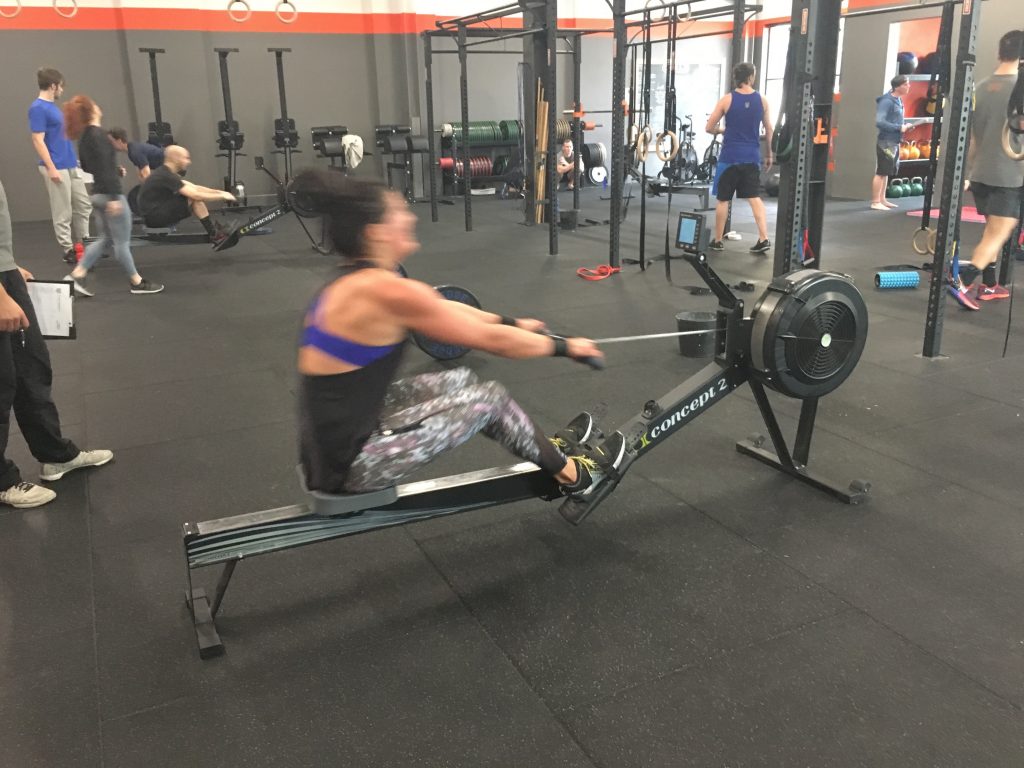Deleted member 5559
Guest
When performing something like a MAF test, how does a person know if improvement is coming from aerobic improvement or something else?
Is it possible to see test times drop from improvement in movement efficiency, strength, weight loss, relative effort but not actually have any aerobic improvement?
What other ways test aerobic function that isolate that single attribute?
Is it possible to see test times drop from improvement in movement efficiency, strength, weight loss, relative effort but not actually have any aerobic improvement?
What other ways test aerobic function that isolate that single attribute?

